
Write what you are looking for and press enter to begin your search!

Live News
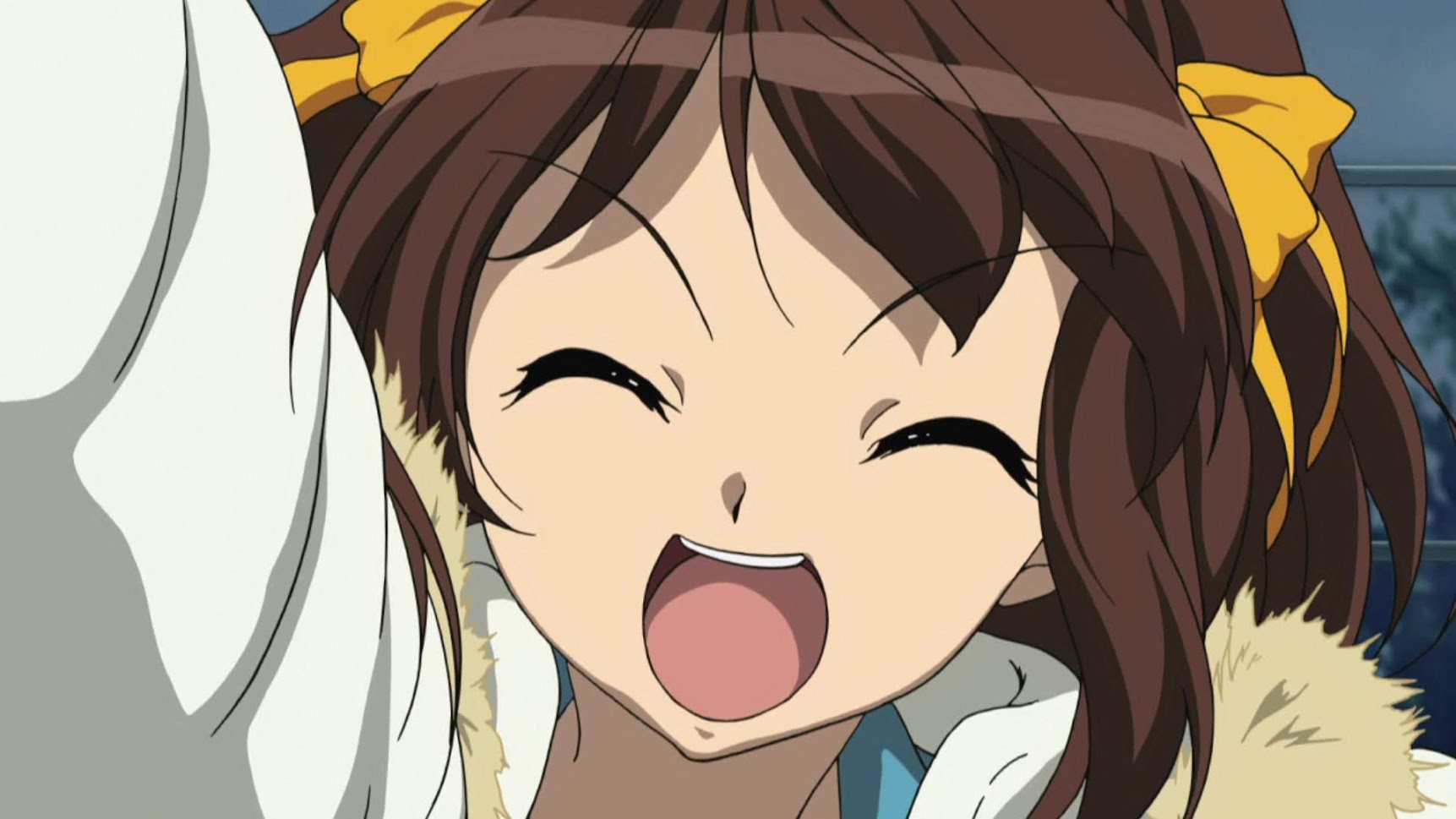

A Look Into the Successes of Kyoto Animation
Anime is an ever-growing and diverse medium that has spanned for decades. Amongst the vast number of studios that regularly put out these shows, Kyoto Animation (commonly known as KyoAni) is one name that has exploded in popularity in the past decade. The studio is quite famous, known for its works on The Melancholy of Haruhi Suzumiya, Clannad, and K-On! Among many others.Â
If you’re new, you may have heard of these shows and wonder what makes them important. After all, you’d be hard-pressed to join in on anime discussions without hearing a reference to KyoAni at some point. The studio is a household name in anime with a big and loyal fan base.

KyoAni’s reputation today typically revolves around its penchant for beautiful keyframes, stories, and scenes that depict everyday life. The studio has also published a handful of light novels and manga, some of which were also made into full-blown animated series. The Kyoto Animation of now is a successful independent company based in Uji in Kyoto Prefecture that has operated for a little less than four decades.
In an industry fraught by contractors that were (and still are) overworked and underpaid, the studio boasted a progressive work culture that paid its employees on salaries. It also hired many women that have ended up tackling key roles to bring about some of the studio’s best works, such as A Silent Voice and Liz and the Blue Bird.
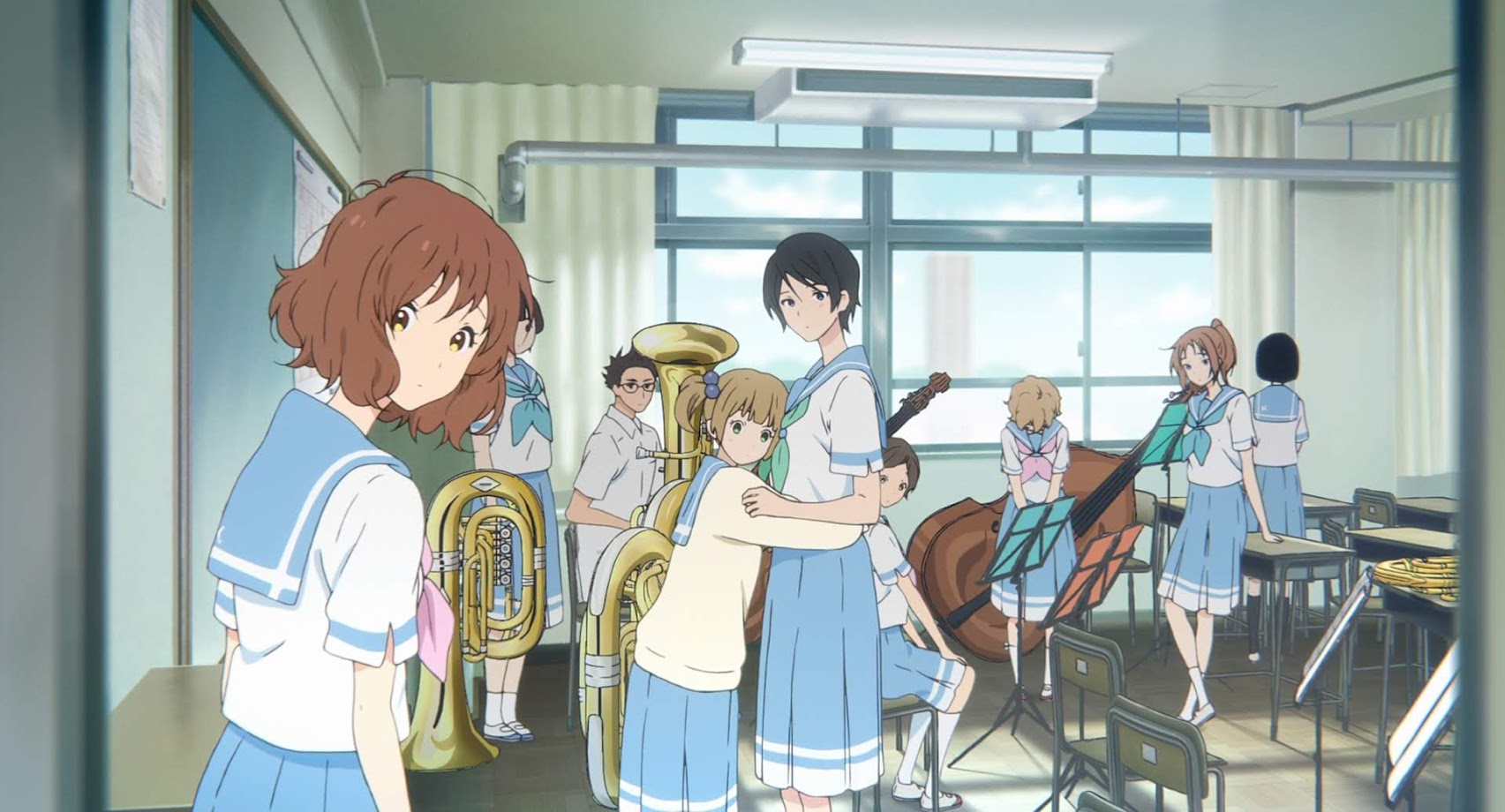
Before we look at why KyoAni the beloved producer of art that it is, it’s important to have an understanding of the company’s humble beginnings.
The studio’s roots go way back to the early 80s, just when Yoko Hatta and Hideaki Hatta had first settled together in Kyoto after their marriage. Yoko Hatta had left Mushi Production, and her new independent ventures into anime saw her gathering regular neighborhood housewives for simple animation work that supported bigger studios the likes of Ghibli, Tatsunoko Production, and Pierrot.
For a long time, this was the modus operandi of KyoAni, until it published its own original animation in 2003 – a brief OVA called Munto. Following closely was the studio’s first TV series in Full Metal Panic? Fumoffu in 2005. It was from here on that the studio began to find its stride as a main producer of anime.
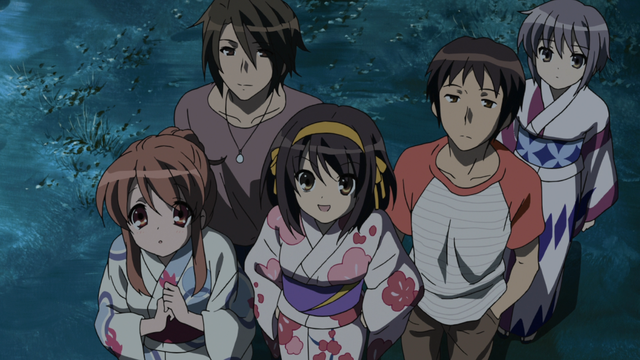
Amongst KyoAni’s earliest and most significant works was an animated adaptation of the light novel, The Melancholy of Haruhi Suzumiya in 2006. The series was an instant hit, garnering a fervent fan base worldwide that lifted the show into the realm of anime classics. But to say that this was totally by accident would be a disservice to the interesting decisions that pushed this show to viral success.
The rising popularity of light novels at the very end of the 20th century saw a trend of written stories that harnessed anime and manga tropes as their canvas. Of the many novels, KyoAni settled with The Melancholy of Haruhi Suzumiya, a rather popular light novel at the time about a godlike high school girl whose antics end up drawing the attention of various beings such as aliens, espers, and time travellers.
The Melancholy of Haruhi Suzumiya was a mish-mash of wacky ideas that involved a sarcastic protagonist, surreal situations, and snappy dialogue, all of which seemingly fell into a then relatively untapped slice of life genre. The premise was a digestible one, yet outlandish enough at the time that many people became invested.
Drawing on the light novel’s meta themes, KyoAni specifically crafted The Melancholy of Haruhi Suzumiya to air in non-chronological order. With episodes being shown at random, viewers would have to stick around until the very end to get a full picture of the story. It helped that each episode capped off with the Hare Hare Yukai song, a fully-choreographed theme that eventually turned into a viral sensation.
The show’s protagonist, Kyon, would become known for his self-aware monologues. At the time, characters with such snark and who acted mostly as innocent bystanders weren’t all too common. This was also true for characters that evoked a brand of cuteness called moe, which presented itself most commonly in the time traveller named Mikuru Asahina.
Music also played a factor in Haruhi’s success. Hare Hare Yukai’s J-pop inspired choreography gained massive traction, so much so that recent video game characters and even inmates in Cebu, the Philippines danced to its catchy tune.
Similarly, many people were left in awe in an episode where Haruhi joins an amateur band to perform a rock song called God Knows. The performance defied many people’s expectations with detailed rotoscoping, an energetic display of Haruhi’s animated avatar, and an impressive guitar solo.

Much of Haruhi Suzumiya’s appeal has simmered down over time, and may seem confusing to newer viewers who have already built up a palate for recent anime. But many common anime tropes of today do draw their roots from Haruhi’s experimental themes, and could only have existed due to this show’s massive popularity.
Fresh on the heels of Haruhi’s success, Kyoto Animation would find another winner in Lucky Star. This time an adaptation of a four-panel manga, it was a simple slice of life comedy whereby high school girls go about their day to day routines and experience hilarious situations.
With a runtime that spanned 24 episodes, this would have seemed like a recipe for boredom and disaster. Instead, Lucky Star was well-received. It was the perfect extension to Haruhi amongst the otaku community, with similar beats of moe, unconventional storytelling, as well as a rad dance routine that took fans by storm.
KyoAni’s name was put on the map, and the studio made good use of its opportunities.

Though Kyoto Animation made its name popularizing anime culture as we know today, the studio would earn a reputation as a specialist in depicting the everyday life of normal people. The otaku-driven nature that pervaded Lucky Star took a little bit of a backseat as the team pushed out an adaptation of a visual novel called Clannad in 2007.
Clannad was the magnum opus of visual novel company Key, whose works were typically romantic tear-jerkers. KyoAni had already produced animated versions of Air and Kanon for Key, and though Clannad was simply an extension of the studios’ long relationship, this particular visual novel would prove to become a big and important undertaking.
With popularity from Haruhi and Lucky Star still fresh, KyoAni worked on two consecutive seasons of Clannad. The anime retained a signature comedic charm, but the overarching story was undeniably more serious than what fans were used to. It was a stage that gave room for the company to focus on framing scenes, expressing character emotions, and building environments with a powerful atmosphere.
Clannad quickly became another of KyoAni’s all-time greats, but this time for its evocative storytelling rather than any sort of genre-defining chops. It still sits high in many anime recommendations as a sheer emotional roller coaster ride of a show, and deservedly so. Clannad expressed a more muted but emotive tone from the company that, while different, became a point of praise and prepared the studio for its future projects.

If one were to pinpoint the exact time cute girls doing cute things started going mainstream (ie: the concept that led to moe), K-On! stands as the big anime that influenced it all.
The series boasted a rather basic premise, focusing on four high-school girls as they spent time and practiced together in their light music club. Once again, KyoAni had produced a hit with its initial series in 2009, and this would also prove to be the studio’s biggest one yet.
A quick look at sales data reaffirms the show as one of the best-selling anime series of all time. K-On! broke records, and was the first TV anime franchise to sell over 500,000 Blu-ray discs in Japan, surpassing the likes of Bakemonogatari.
This included successes on the musical front, in which its Hokago Tea Time album became the first anime character CD to top Oricon’s weekly chart. The second season’s album would also pull this success off once again, making the top of Oricon’s album charts with 127,000 copies sold in its debut week.
On a cultural level, the show became responsible for record electric guitar sales in Japan in 2011 as young high school girls became inspired to play these instruments. Even Toyosato Elementary School, the real-life setting of which K-On!’s Sakuragaoka high school was based off from, was acknowledged by the Japanese government and preserved as a cultural asset.
Unlike Haruhi or Lucky Star, K-On!’s popularity was much more mainstream, and extended far beyond the anime otaku space of KyoAni’s previous hits. Even today, the persistence of shows that depict cute girls doing cute things in mainstream anime is a reminder of how much of a social phenomenon the series was.
Many other animes would carry on wielding K-On!’s torch in this new cultural shift, with some such as the Love Live! franchise even surpassing it in commercial success.
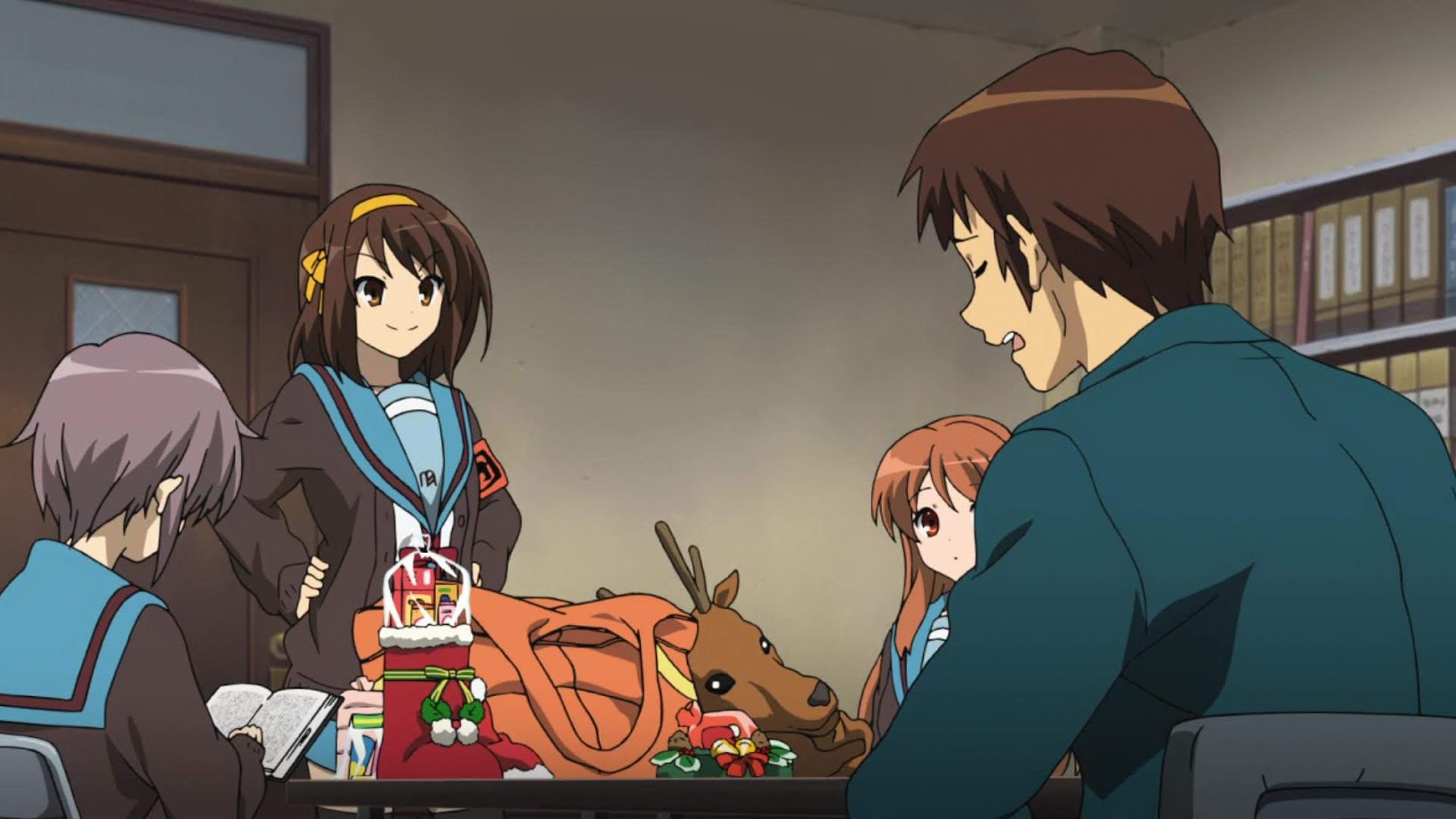
By the point KyoAni wrapped up with the second season of K-On!, the studio had a multitude of shows under its belt and an equally experienced staff, whose talents were retained due to the company’s employee-based work structure.
The studio began expanding its horizons, delving into feature film productions such as The Disappearance of Haruhi Suzumiya in 2010 and a K-On! movie set in London on the subsequent year. In the meantime, the studio continued producing new TV series adaptations.
Hyouka was a mystery story that in many cases expanded on KyoAni’s signature attention to minute details. On the other end of the spectrum, Nichijou came out featuring a vastly more aggressive visual style compared to KyoAni’s usual brand.
But if there was one thing that KyoAni still hadn’t quite achieved, it was creative control over its own material. To that end, the studio began holding annual contests for light novels, scenarios and manga to be published under the Kyoto Animation name in 2009.
It wouldn’t be until a story called Violet Evergarden in 2014 that a grand prize winner would be announced, but the studio provided honorable mentions and adapted several stories into anime nonetheless. Such works included Love, Chunibyo & Other Delusions!, Free!, as well as Beyond the Boundary.
Kyoto Animation would eventually also produce its own original series called Tamako Market in 2013. This alongside the other stories that Kyoto Animation began to publish under its own label, would shift the company in the direction of becoming a proud producer of its own content.
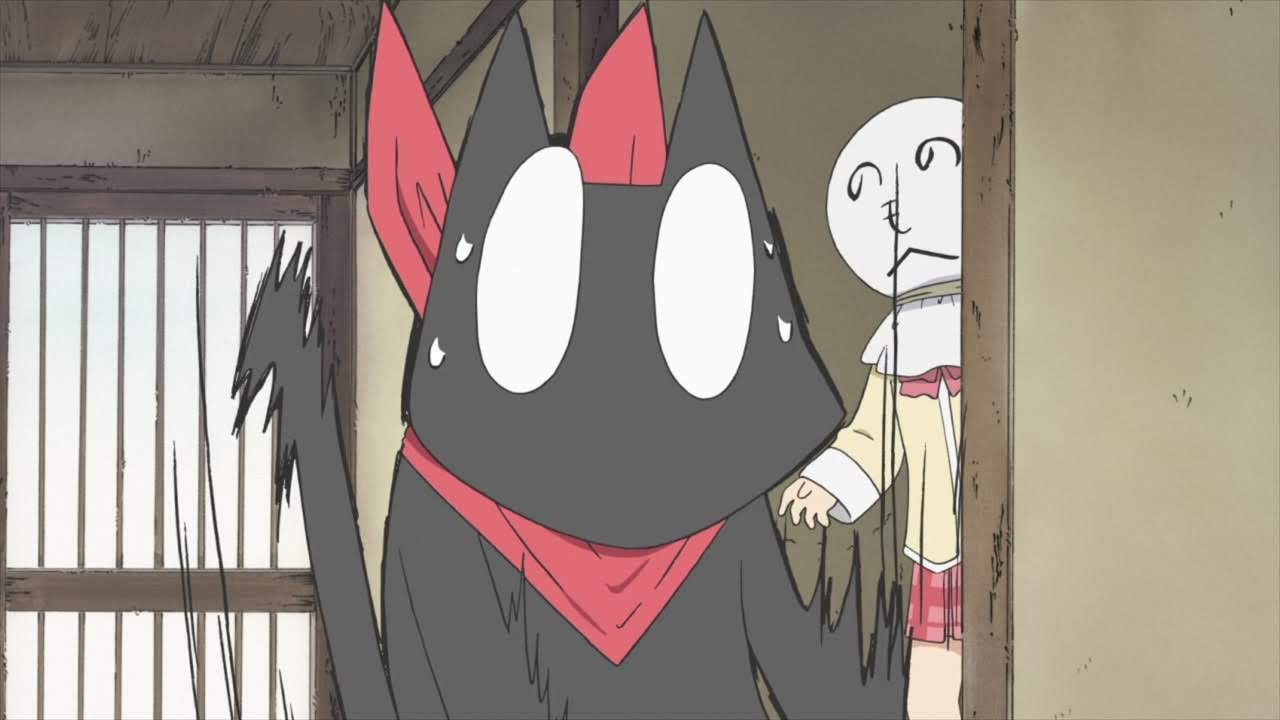
It’s no doubt been a long and insightful journey for the studio. The numerous successes that it’s achieved, both culturally and commercially, belies its humble beginnings as a subcontractor.
Approaching four decades since its inception in 1981, the company now holds much control over its productions, is regarded as one of the best anime studios around, and has developed a style and workflow it can proudly call its own.
It continues to release a steady stream of films alongside its TV shows, with recent artistic successes such as A Silent Voice showing fruitful prospects for the studio’s future. The TV series that it animates these days consist of a mix of properties that it both owns and doesn’t.
But Kyoto Animation is also now in a position to pitch proposals to other publishers and earn bigger shares, which it exercised when it produced the Sound! Euphonium television series that released in 2015.
There’s little doubt that KyoAni has ventured far in an attempt to create anime that it can truly call its own. Whether the story is original or not, the studio accepts nothing less than works that its artists can emotionally invest themselves in. Beyond appealing to just an otaku fandom, the studio now also creates for wider audiences.
With such framing in mind, it’s no surprise that the arson attack of July 2019, which took the lives of 35 victims, was seen as a tragedy across the world. Many people continue to speculate whether the backbone that KyoAni has built over the years can sustain itself after this malicious attack. It’s a question that can only be answered through time.
Yet, KyoAni has shown its intent to continue doing what it does best. Though projects were undoubtedly delayed due to this massacre, employees are now back to work, with some voicing their desires to not let the arsonist win out.
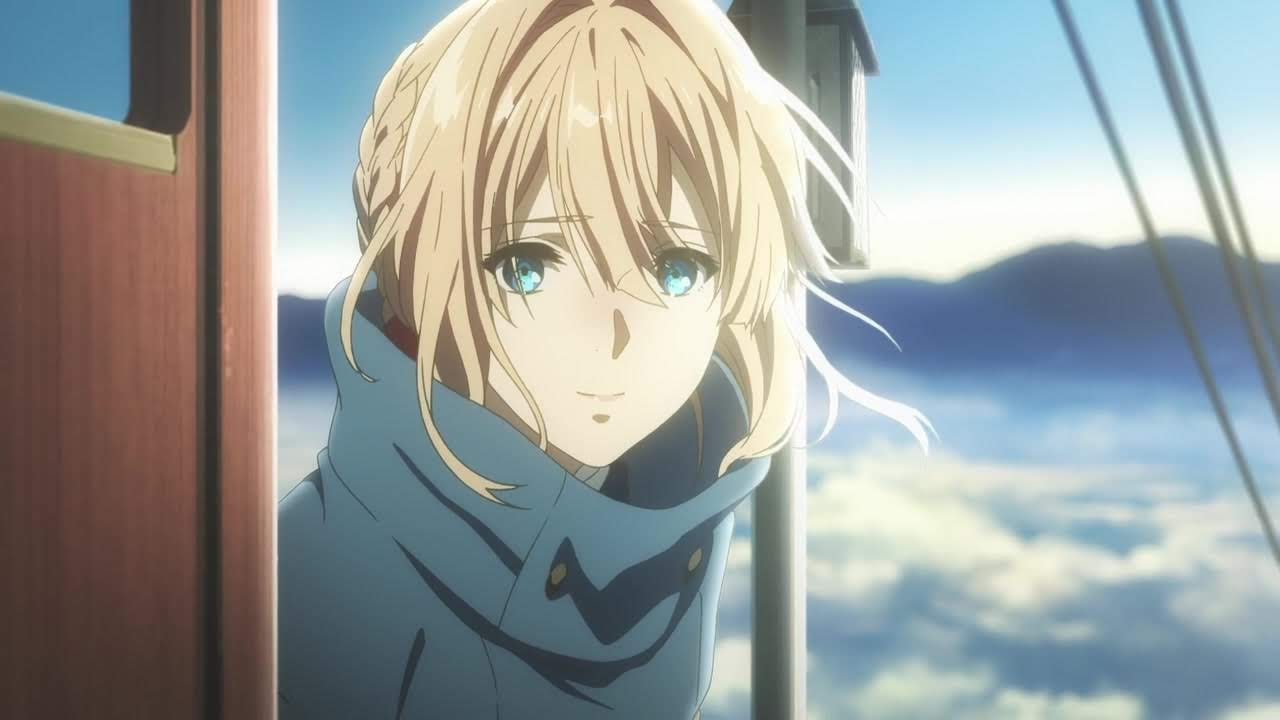
Kyoto Animation’s spin-off film, Violet Evergarden: Eternity and the Auto Memories Doll, was completed just a day before the arson attack occurred and has since been released. The film includes the names of all of the studio’s attack victims in its credits. Given Violet Evergarden’s consistent theme of being about moving on from tragedy, it serves as a poignant but heartfelt reminder of the kind of people that once worked at KyoAni.
Just as when the studio saw its first hit in The Melancholy of Haruhi Suzumiya, the path of Kyoto Animation is not one that we can reliably predict. But perhaps it’s worth believing that the kind of story it will pave from here on rests firmly in its hands.
Even if it must struggle, the outpouring of support and goodwill that the studio has earned thanks to its history and role in popular culture gives it a chance to rebuild, and perhaps grasp at an even brighter future for the many years ahead.
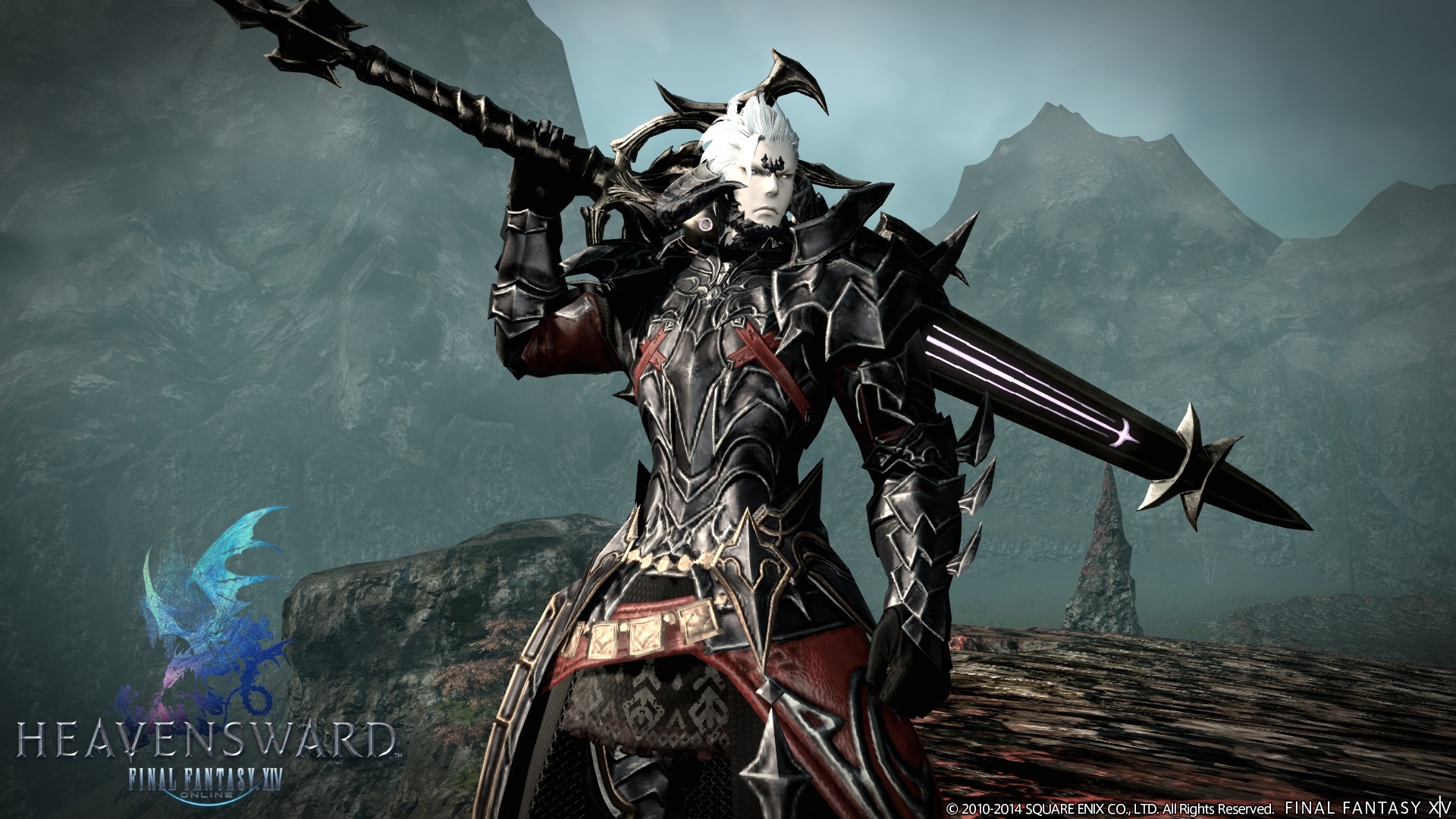
By Mr Toffee|May 22, 2021
This week, it was announced that Berserk creator Kentaro Miura has died at the age of 54. The influence of Berserk far extends to video games (badass ...
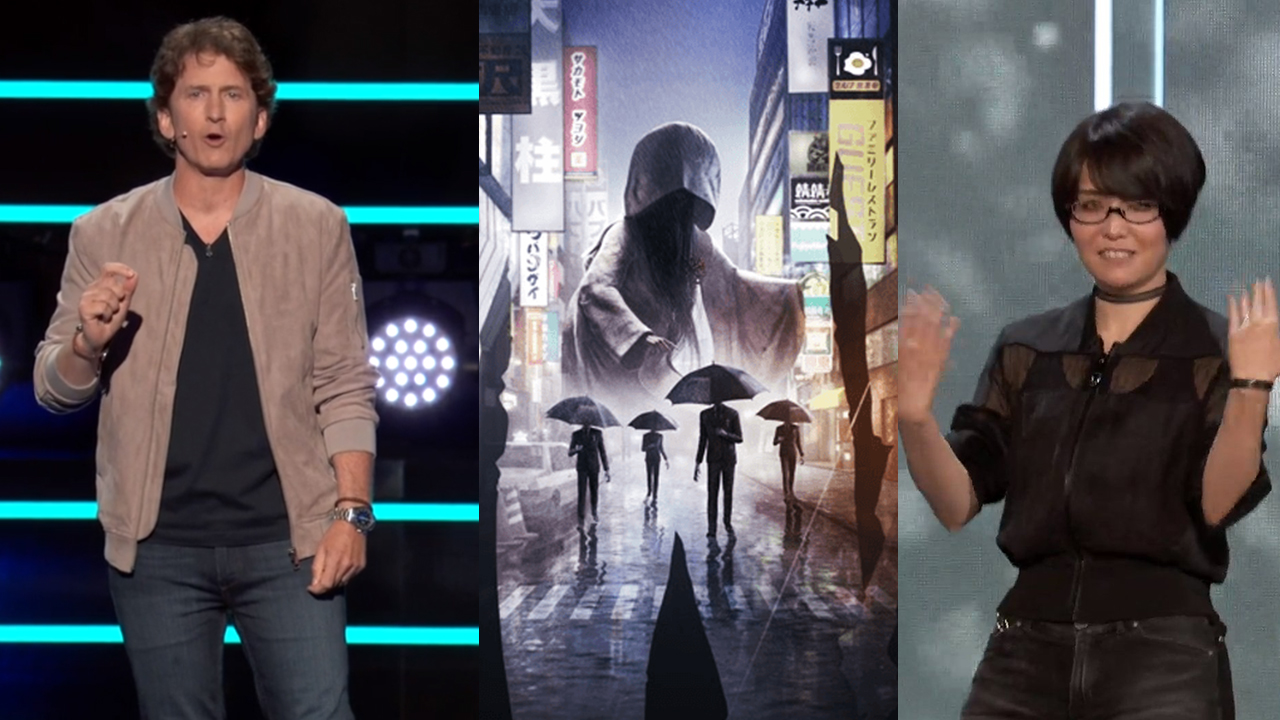
By Mr Toffee|June 10, 2019
Another E3, another year where Bethesda announces a bunch of new games and new IPs for us to salivate over. And also the release date for the much-awa...

By Alleef Ashaari|June 18, 2019
AMD recently revealed its new lineup of next-gen GPUs during the recently-held Computex 2019 expo in Taiwan and during E3 2019. The AMD Radeon RX 5700...

By Mr Toffee|February 2, 2024

By Team KKP|July 1, 2023

By Alleef Ashaari|August 2, 2021
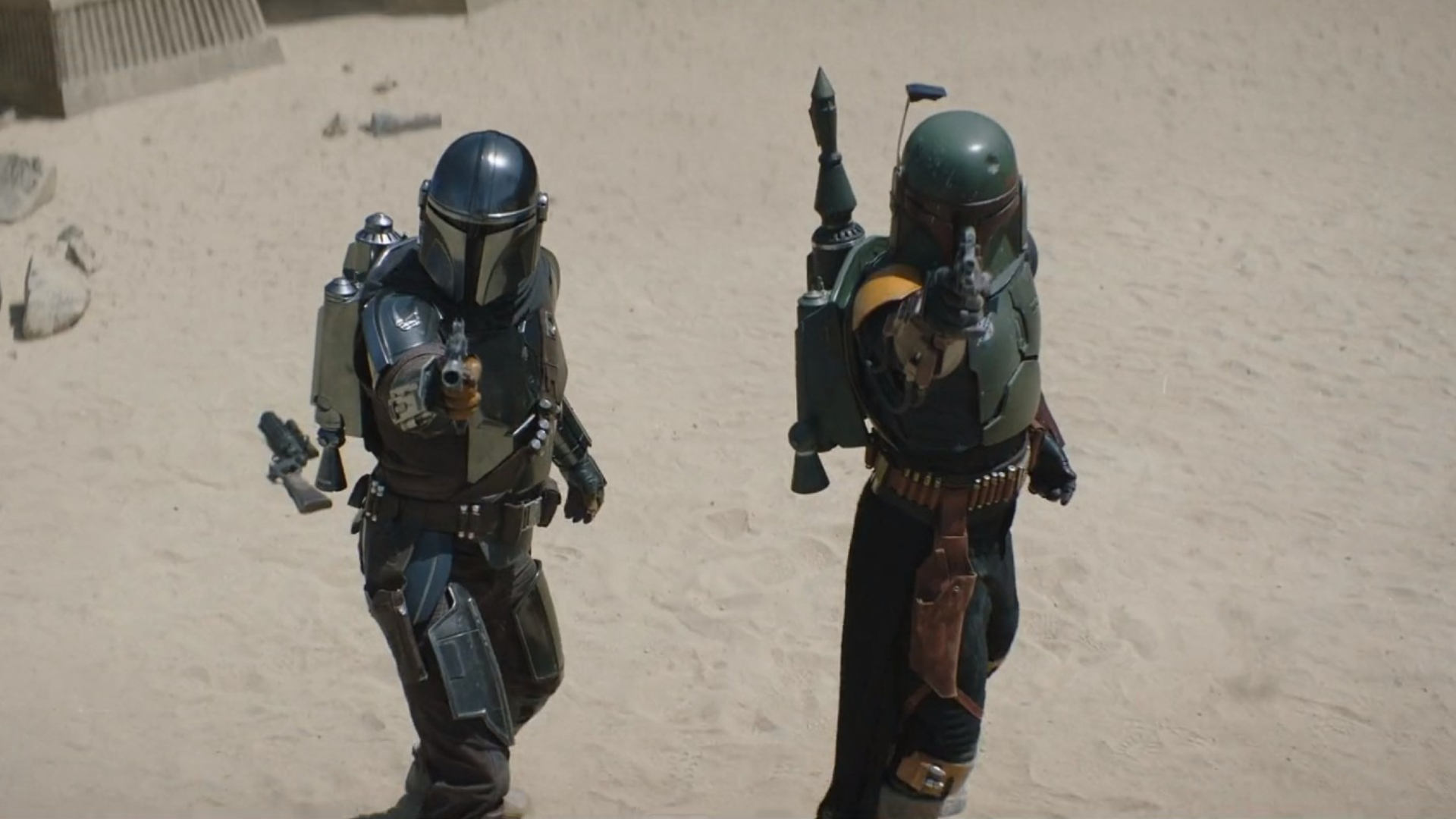
By Alleef Ashaari|February 9, 2022

By Mr Toffee|February 2, 2024

By Team KKP|July 1, 2023
Copyright @ Kakuchopurei 2024